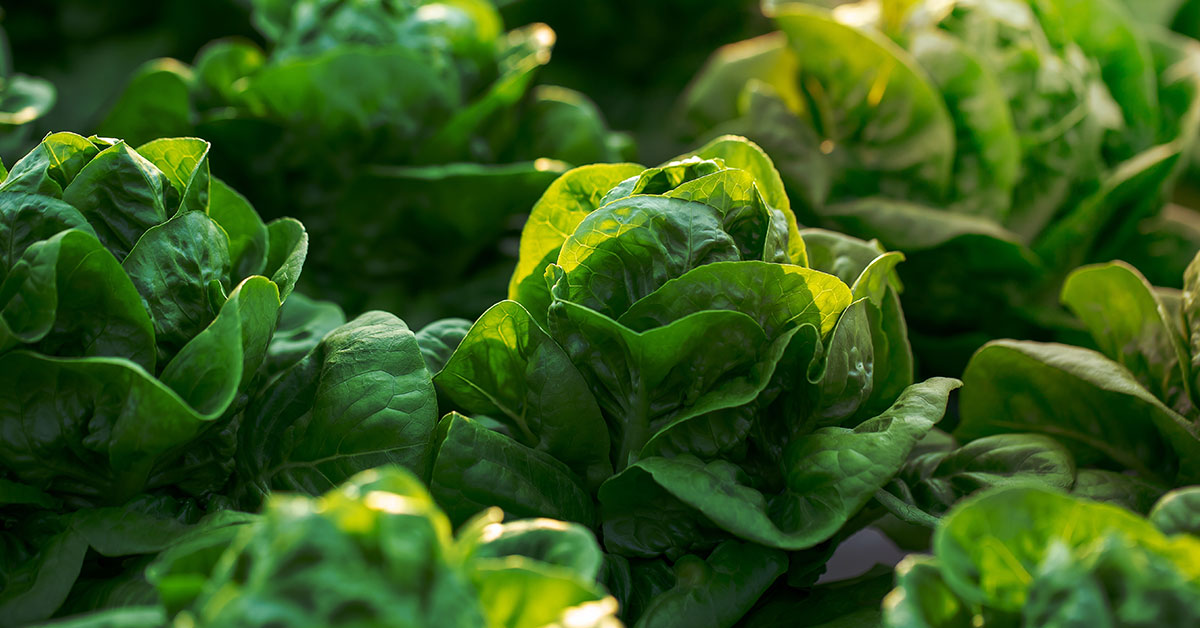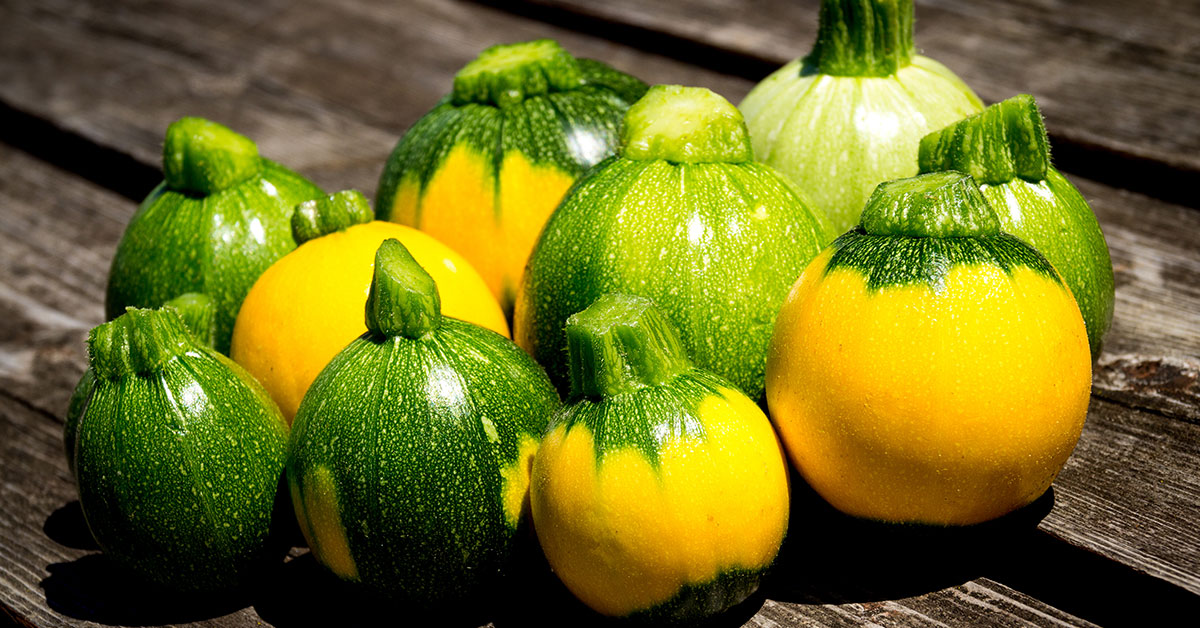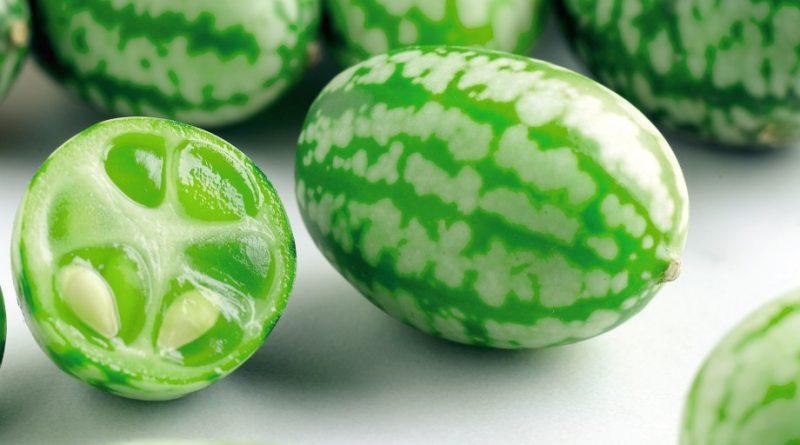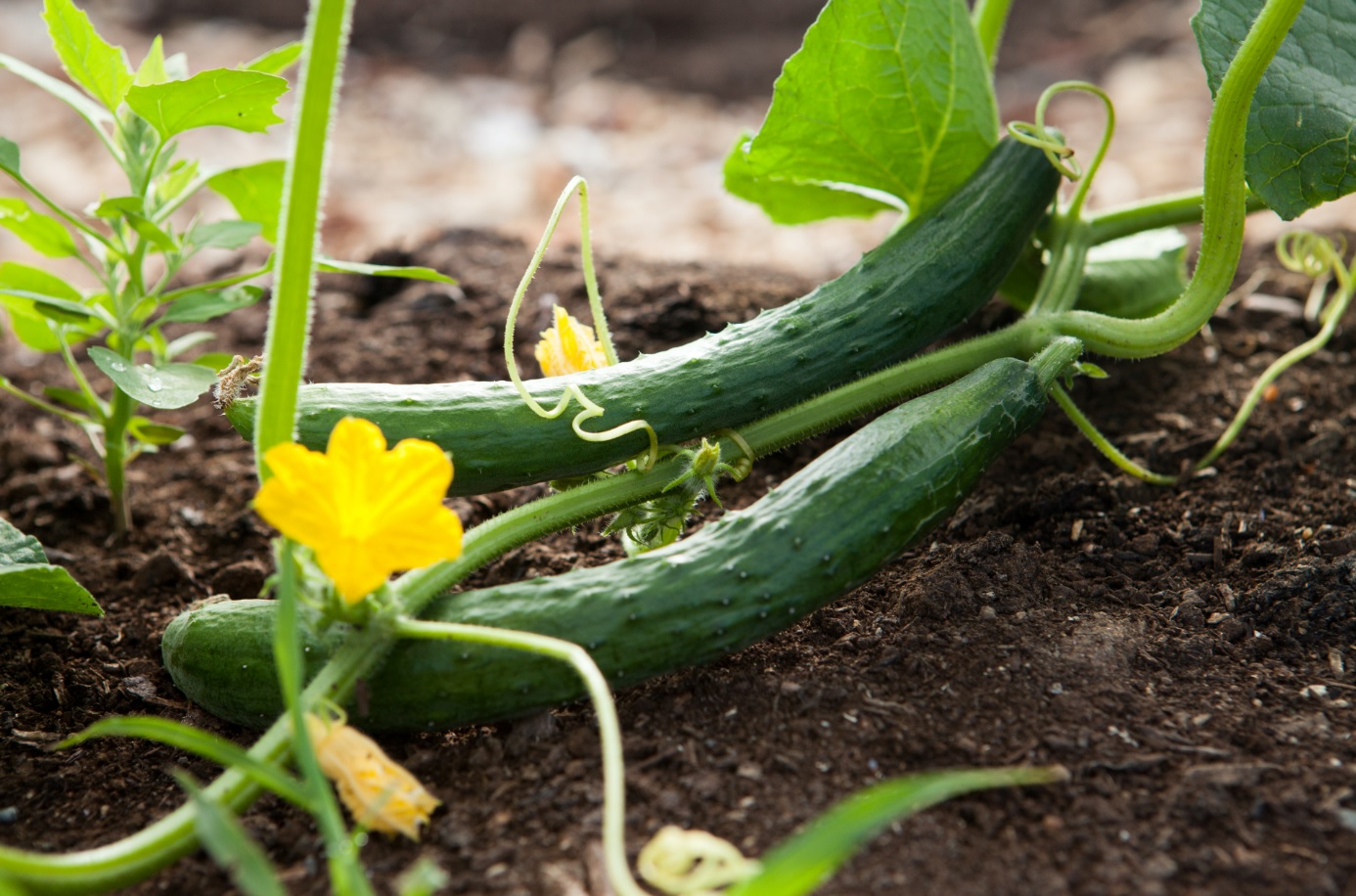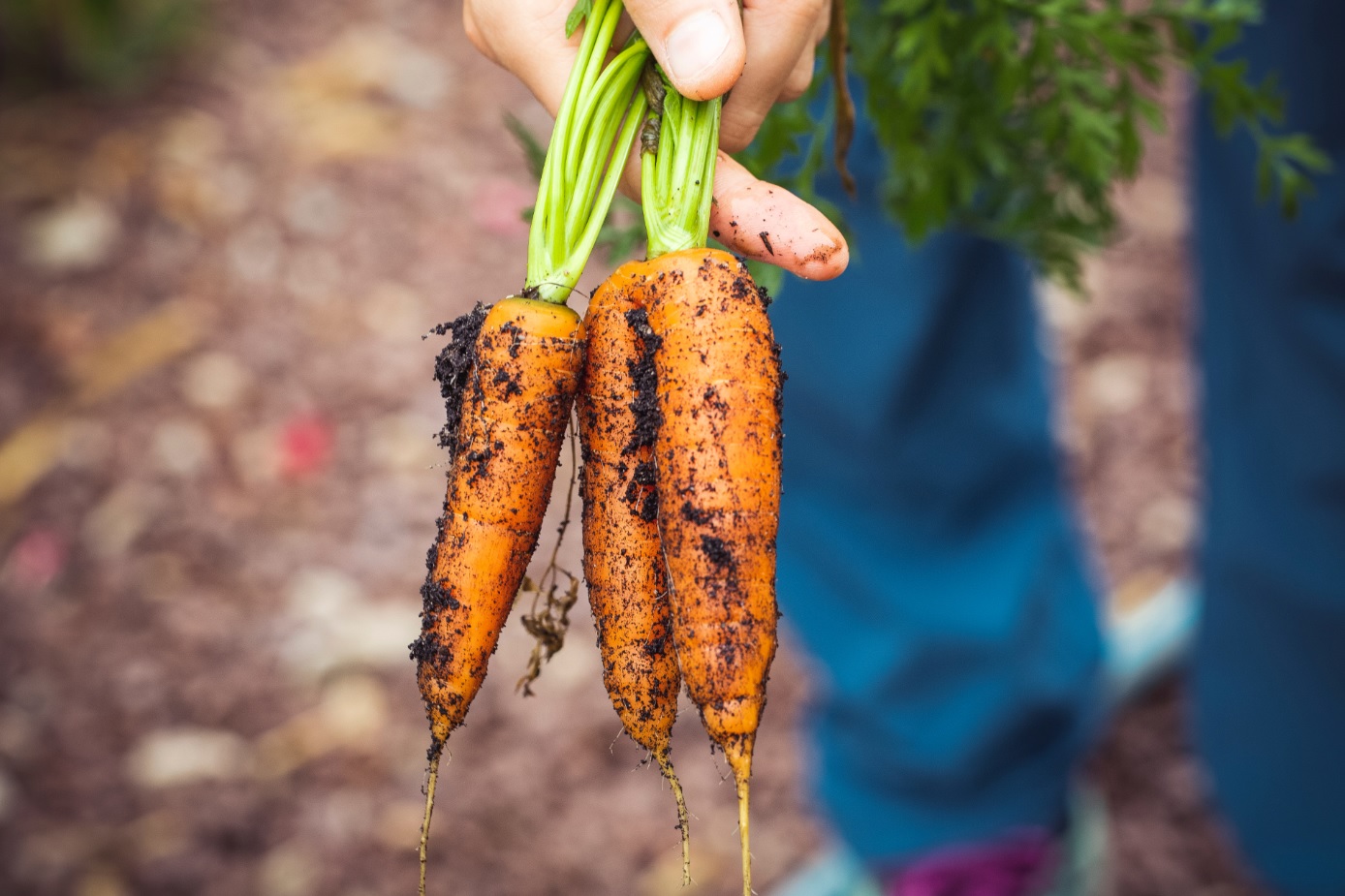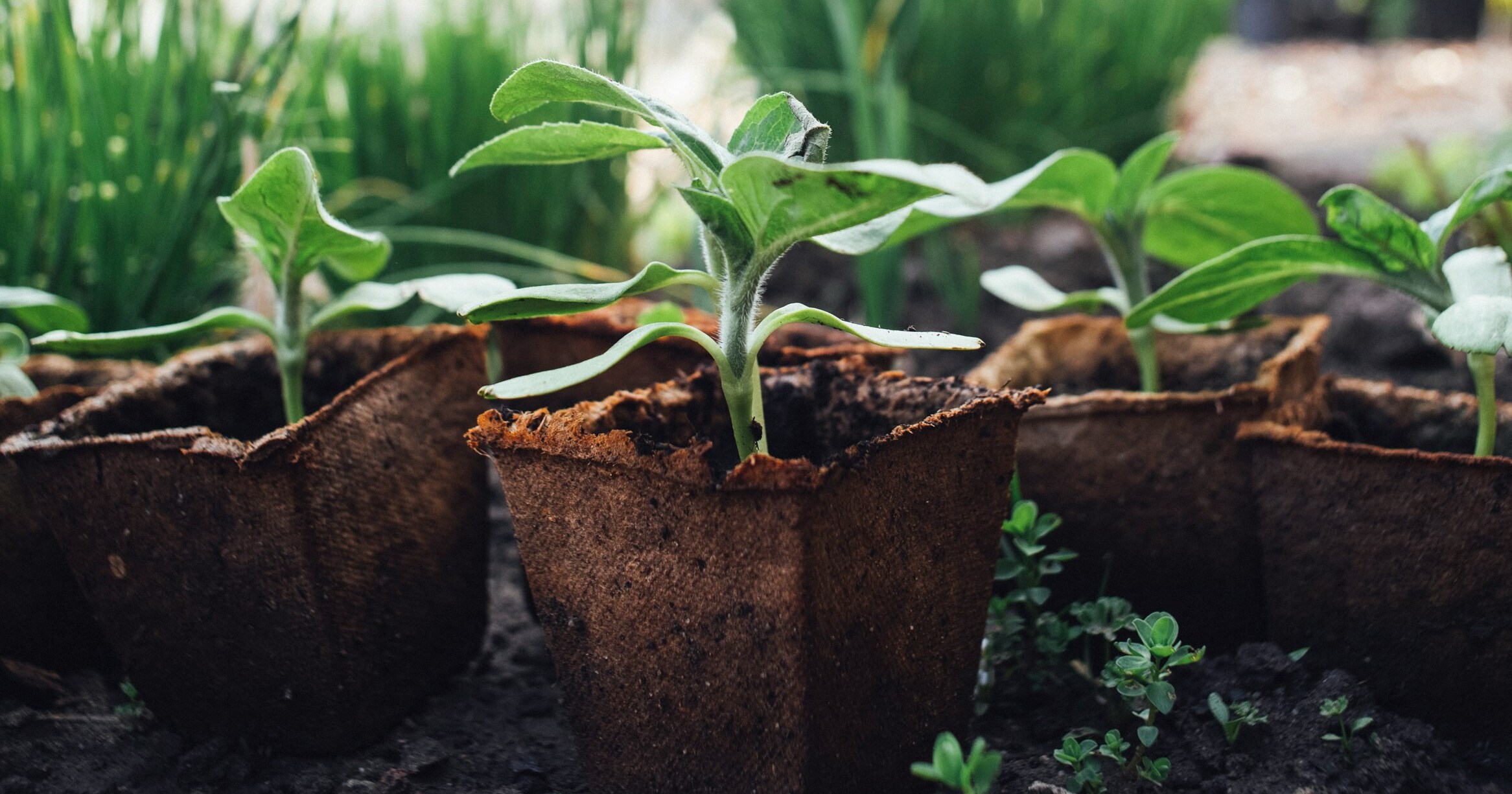Fioretto Cauliflower is known for its delicate, elongated stems and small, tender florets. This unique cauliflower variety offers a delightful twist to traditional cauliflower.
Whether you are an experienced gardener looking to experiment with new crops or a food enthusiast eager to explore exciting flavors, this article will serve as a comprehensive guide to growing Fioretto Cauliflower.
What is a Fioretto Cauliflower?
Fioretto cauliflower, also known as flowering cauliflower or cauliflower blossoms, is a unique and delicious vegetable that is gaining popularity in the culinary world. This trendy ingredient is a hybrid variety of cauliflower that originated in Japan and is now being cultivated and enjoyed by food enthusiasts worldwide.
Unlike traditional cauliflower, which forms a dense head, Fioretto cauliflower grows in a beautiful and delicate cluster of long, slender stems. These stems are topped with small, undeveloped florets that resemble miniature cauliflower heads. The name “Fioretto” translates to “little flower” in Italian, perfectly capturing the delicate and ornamental appearance of this vegetable.
The taste and texture of Fioretto cauliflower are often described as a delightful combination of cauliflower and broccoli. The stems are tender yet crunchy, while the florets offer a mild and slightly sweet flavor. This unique combination of textures and flavors makes Fioretto cauliflower a versatile ingredient that can be used in a variety of dishes and cooking methods.
Fioretto cauliflower not only adds a visual appeal to dishes but also provides a nutritional boost. Like its traditional counterpart, Fioretto cauliflower is low in calories and an excellent source of vitamins C and K, fiber, and antioxidants. It is also a good source of folate, potassium, and vitamin B6.
When cooking with Fioretto cauliflower, it is essential to handle it with care to preserve its delicate structure. The stems can be lightly steamed, sautéed, stir-fried, or even enjoyed raw in salads. The florets can be used as a garnish, added to stir-fries or soups, or roasted to bring out their natural sweetness.
What does a Fioretto Cauliflower taste like?
Fioretto cauliflower, also known as flowering cauliflower or cauliflower blossom, is a hybrid variety that originated in Italy. Unlike traditional cauliflower, which forms a dense head, Fioretto cauliflower grows in a beautiful, elongated shape with loosely packed florets. This unique appearance is not the only thing that sets Fioretto cauliflower apart; its flavor profile is also quite distinct.
When it comes to taste, Fioretto cauliflower offers a delicate and sweet flavor. It is milder and sweeter than regular cauliflower, making it more appealing to those who find the traditional variety slightly bitter or pungent. The taste of Fioretto cauliflower can be described as slightly nutty, buttery, and with a hint of sweetness. Its tender and crisp texture adds a delightful crunch to any dish.
One of the reasons why Fioretto cauliflower has gained popularity is its versatility in the kitchen. Its mild flavor makes it a great addition to various recipes and cooking methods. You can enjoy it raw in salads or use it as a delicious and healthy alternative to traditional cauliflower in stir-fries, roasts, or even as a substitute for rice. The florets can be easily separated, making it an excellent choice for snacking or as a unique appetizer when served with dips.
Not only does Fioretto cauliflower taste great, but it also offers numerous health benefits. Like regular cauliflower, it is low in calories and packed with essential nutrients such as vitamin C, vitamin K, and dietary fiber. It is also a good source of antioxidants and contains compounds that may have anti-inflammatory properties.
If you’re looking to add a new twist to your cauliflower recipes or simply want to explore new flavors, Fioretto cauliflower is definitely worth a try. Its delicate taste, versatile nature, and health benefits make it an exciting addition to any dish. So why not elevate your culinary experience and give Fioretto cauliflower a spot on your plate? Your taste buds will thank you!
How to start from seed
If you’ve decided to give it a try, starting from seed is a cost-effective and rewarding way to grow this tasty vegetable. We will guide you through the steps of starting Fioretto cauliflower from seed.
Choose the right time to start seeds:Fioretto cauliflower is a cool-season crop, so it’s best to start seeds indoors about 6-8 weeks before the last frost date in your area. Check the seed packet for specific instructions, as different varieties may have slightly different requirements.
Start sowing the seeds: Fill the seed starting trays or pots with the seed starting mix, leaving about 1/4 inch of space at the top. Moisten the mix lightly before sowing the seeds. Sow the seeds according to the packet instructions, usually about 1/4 inch deep and 1 inch apart. Cover the seeds with a thin layer of the seed starting mix and gently press it down.
Provide the right conditions for germination: Fioretto cauliflower seeds require consistent moisture and warmth to germinate. Place the seed trays or pots in a warm location, ideally between 65-75°F (18-24°C).
To maintain consistent moisture, cover the trays or pots with a plastic dome or use a plastic wrap, creating a mini greenhouse effect. Check the moisture levels regularly and mist the seeds with water if needed, ensuring they don’t dry out.
Monitor and care for the seedlings: Once the seeds have germinated, remove the plastic cover and place the trays or pots in a bright location, such as a sunny windowsill or under grow lights.
Maintain a temperature of around 60-70°F (15-21°C) during the day and slightly cooler at night. Water the seedlings gently whenever the top inch of soil feels dry, being careful not to overwater. As the seedlings grow, thin them out if necessary, leaving the strongest ones to develop further.
Harden off and transplant: About a week before the last frost date, start hardening off the seedlings by gradually exposing them to outdoor conditions. Start by placing them outside for a few hours each day, gradually increasing the time and exposure to direct sunlight over a week.
Transplant the seedlings into their final growing location, ensuring they have enough space to grow and proper soil conditions. Dig holes slightly larger than the root ball, gently remove the seedlings from the trays or pots, and plant them at the same depth they were growing before.
Water the transplants well and provide a layer of mulch around the plants to help conserve moisture and suppress weeds.
How to grow this vegetable in your garden
Whether you’re an experienced gardener or just starting out, growing Fioretto cauliflower can be a rewarding experience. These next instructions will guide you through the process of cultivating this wonderful vegetable in your own garden.
Choosing the Right Location: Fioretto cauliflower thrives in a sunny location with well-draining soil. Before planting, make sure to select a spot in your garden that receives at least six hours of direct sunlight daily. The soil should be rich in organic matter and have a pH level of 6.0 to 7.0.
Starting Seeds Indoors: Start Fioretto cauliflower seeds indoors about 4-6 weeks before the last expected frost date in your region. Fill seed trays or containers with a seed-starting mix and plant the seeds about ¼ inch deep. Keep the soil moist and place the trays in a warm location or under grow lights. The seeds should germinate within 7-10 days.
Transplanting Seedlings: Once the seedlings have developed a few sets of true leaves and the threat of frost has passed, it’s time to transplant them into your garden. Choose a cool day or evening to avoid stressing the young plants. Space the seedlings about 12-18 inches apart, giving them plenty of room to grow. Gently loosen the roots before planting them at the same depth as they were in the seed trays.
Providing Adequate Care: Fioretto cauliflower requires consistent moisture throughout its growing season. Water deeply once or twice a week, ensuring the soil remains evenly moist but not waterlogged. Mulching around the plants can help retain moisture and suppress weed growth. Fertilize every 3-4 weeks with a balanced organic fertilizer, following the package instructions.
Protecting from Pests and Diseases: Cauliflower plants are susceptible to various pests and diseases, so it’s important to monitor your Fioretto cauliflower regularly. Common pests to watch out for include cabbage worms, aphids, and flea beetles. Consider using organic pest control methods like handpicking, insecticidal soap, or introducing beneficial insects. To prevent diseases, avoid overhead watering and provide good air circulation around the plants.
Harvesting Fioretto Cauliflower: Fioretto cauliflower is ready for harvest when the florets are mature but still tender. The timing will vary depending on the specific variety you’re growing, so refer to the seed packet or plant label for guidance. Harvest the entire head by cutting it off at the base of the stem. If you prefer a continuous harvest, you can pick the side shoots as they develop, allowing the main head to continue growing.
Growing Fioretto cauliflower can be a delightful and rewarding experience. By following these steps, you’ll be able to cultivate your own delicious and unique cauliflower variety. Remember to provide the right growing conditions, care for your plants diligently, and protect them from pests and diseases. Soon, you’ll be enjoying the flavorful and eye-catching harvest of Fioretto cauliflower in your own garden.



